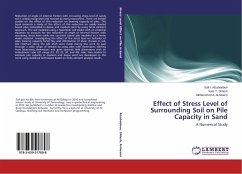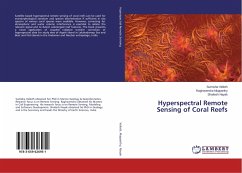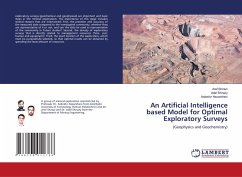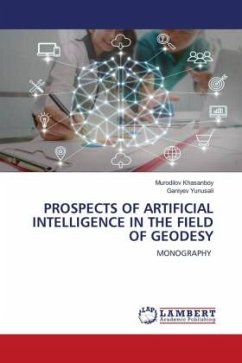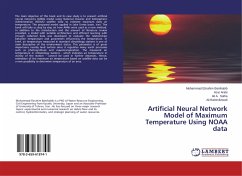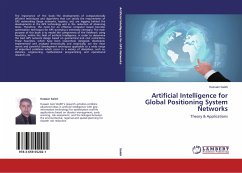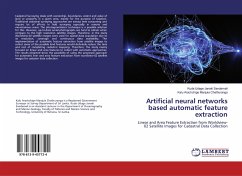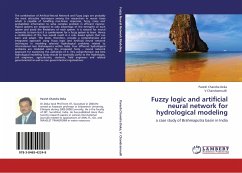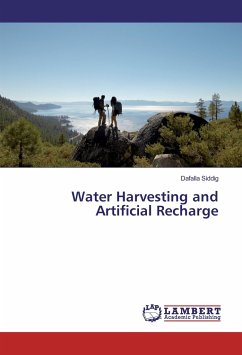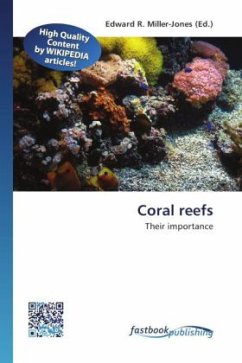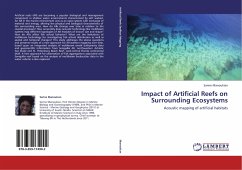
Impact of Artificial Reefs on Surrounding Ecosystems
Acoustic mapping of artificial habitats
Versandkostenfrei!
Versandfertig in 6-10 Tagen
52,99 €
inkl. MwSt.

PAYBACK Punkte
26 °P sammeln!
Artificial reefs (AR) are becoming a popular biological and management component in shallow water environments characterized by soft seabed. An AR in the marine environment acts as an open system with exchange of material and energy, altering the physical and biological characteristics of the surrounding area. How do ARs change over time in relation to the coastal processes? How accurately does acoustic technology like multibeam systems map different typologies of AR modules of known size and shape? How do ARs affect fish school behavior? What are the limitations of multibeam technology for in...
Artificial reefs (AR) are becoming a popular biological and management component in shallow water environments characterized by soft seabed. An AR in the marine environment acts as an open system with exchange of material and energy, altering the physical and biological characteristics of the surrounding area. How do ARs change over time in relation to the coastal processes? How accurately does acoustic technology like multibeam systems map different typologies of AR modules of known size and shape? How do ARs affect fish school behavior? What are the limitations of multibeam technology for investigating fish school distribution as well as spatial and temporal changes? This study addresses the above questions and presents results of a new approach for AR seafloor mapping over time, based upon an integrated analysis of multibeam swath bathymetry data and geoscientific information from Senigallia AR, northwestern Adriatic Sea (Italy) and St. Petersburg Beach Reef, west-central Florida continental shelf. A new approach for observation of fish aggregations associated with Senigallia reef based on the analysis of multibeam backscatter data in the water column is also explored.



